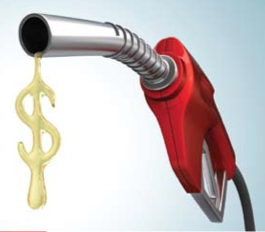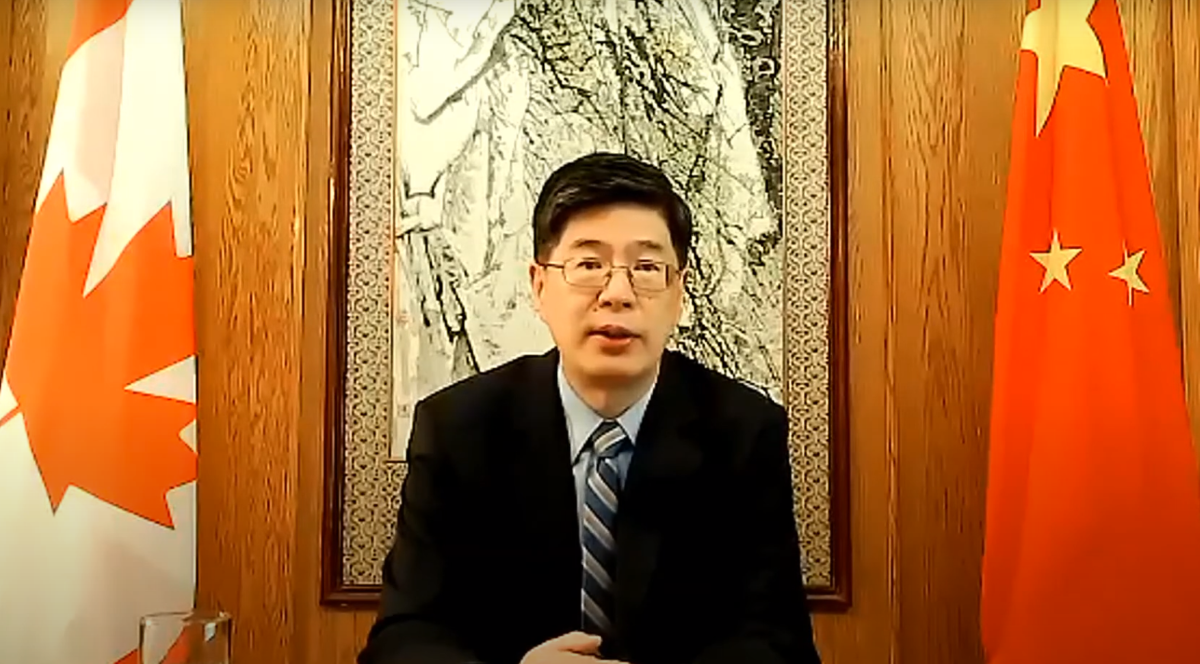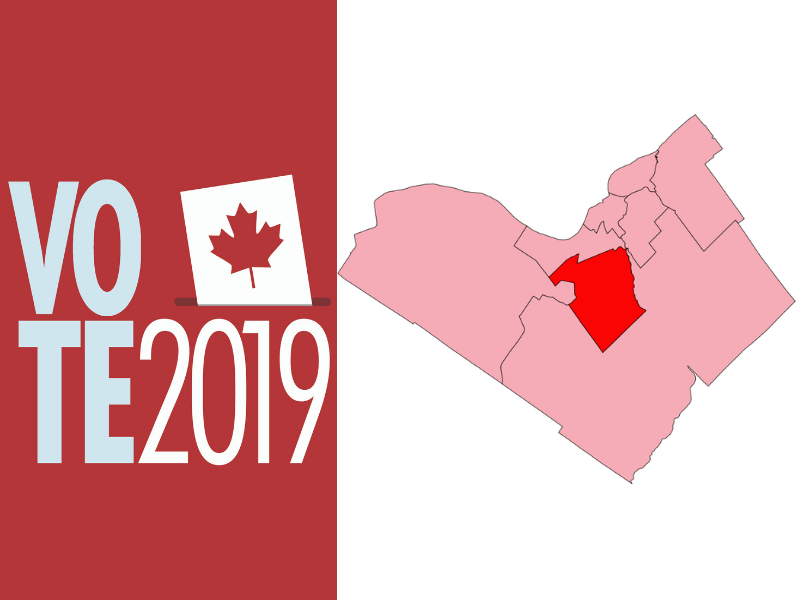
Decoding Gas Prices: Is the Gas Gouge Real? Part 1
Gas prices. If there is one topic that gets the back up of every Canadian who owns a vehicle, it is probably that one. There seems to be a veil of secrecy surrounding the issue. Who determines the cost? How come it fluctuates from day- to-day? Why is gas more expensive in some provinces than others? Is it really all taxes? How come prices are so high in a country like ours that has such an abundance of oil?
There are many factors involved in pricing and it is actually a far more complicated issue than one might guess. While it’s easy to accuse the oil and gas industry of collusion, out to rip off Canadians, it’s just not that simple. That said, the lack of competition in the industry is definitely a very, very big issue. Just ask any local gas merchants trying to make a go of it.
Since the era of the National Energy Program (the one that got Pierre Elliott Trudeau in trouble out West), governments have stayed away from developing any oil and gas strategies, perhaps out of fear of upsetting the industry and by extension their political popularity. Stephen Harper’s government has left the industry to its own devices mostly for ideological reasons, believing in a market- oriented system. However, the result is that the industry is essentially self- regulated. With so few players in the game, real competition and a truly market-governed situation are just unrealistic.
Where the oil is refined is another consideration and, of course that depends on pipeline and refining infrastructure. Historically, much of the oil produced in Western Canada has been shipped to the United States.
Oil produced into gas for markets east of Ottawa and Montreal is generally imported and therefore more expensive. That reality in turn, like a domino effect, raises another issue. Just what is the supply and demand in Canada and is there something we can do in Canada to resolve the price discrepancies?
For years, former Member of Parliament and gas price crusader Dan McTeague has been calling for better transparency in the system. “The problem is that there isn’t an up-to- date and accurate picture of Canada’s petroleum inventory (gasoline, diesel, propane, jet fuel, diesel, stove/furnace oil) as is the case in the United States, which reports this valuable data by compelling the oil industry to furnish such information weekly. It’s called the Weekly Petroleum Status Report and it is made public every Wednesday (except holidays) by the authority of Congress and published by the Energy Information Agency of the US Dept of Energy.”
Does that disclosure result in lower prices? Not likely, but it does keep the fire to their feet. Oil and gas companies are far more accountable for their actions than their Canadian partners.
McTeague explains that “there is no accountability right now to Canadians. It’s crazy that the industry provides information to other players such as the United States but Canadians don’t have access to the same information.” Not only that, and this is something equally disturbing, he says that we are moving towards supply and demand problems in Canada because of the lack of refineries. “Here the government was allowing for the closure of refineries, limiting the supply when what they should have done was just mothball them until more informed decisions could be made.” Problem there? Again, not enough information.
McTeague says that “what we really need here is an industry strategy. Even the industry wants one. We need more refineries, we need more supply. We need more information to develop solutions. Without accurate and reliable information about what we are producing, is it any wonder that the National Energy Board suggested before Christmas there is potential for shortage and Statscan following that up with the reality that Canadians, especially in Eastern Canada are paying far more than ever for fuel?”
McTeague tries to fill some of that information gap, with his web site www.tomorrowsgaspricetoday.com with articles and gas prices across the country. McTeague tries to decodify the issue, making it easier for Canadians to understand pricing. With 1.5 million followers in 195 cities across Canada, he is clearly filling a demand.
Part II will come out with the March issue of Ottawa Life Magazine.
TOP PHOTO: SHUTTERSTOCK









